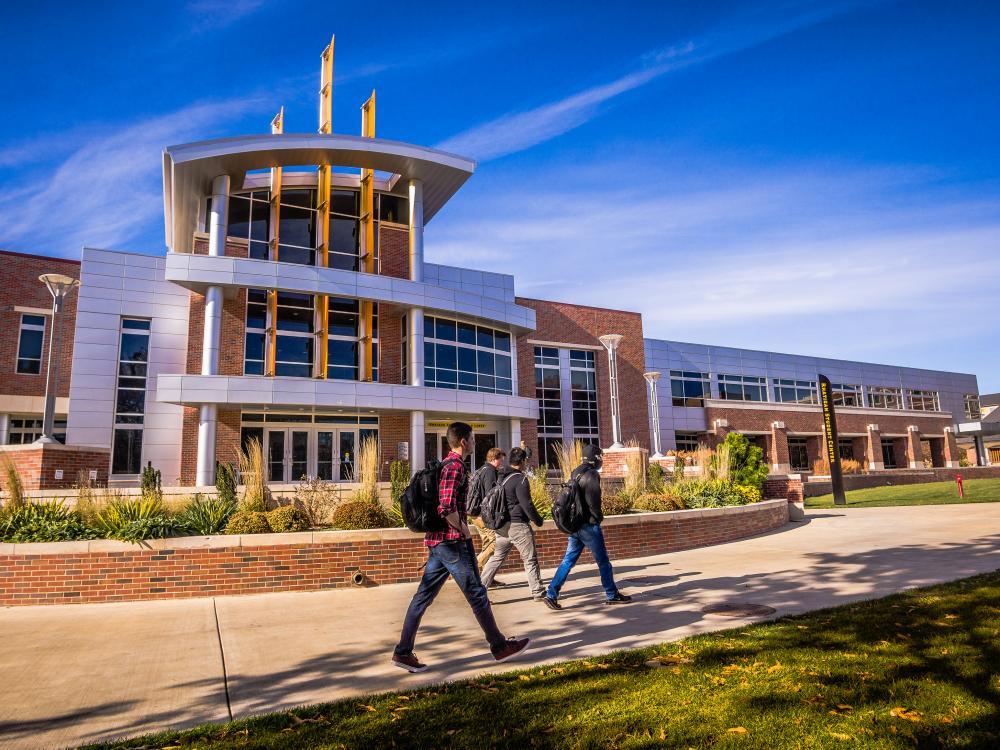SRTI: An Accessible Distributed Computing platform for Interdisciplinary Simulation of Natural Hazard Scenarios - Dr. Omar A. Sediek, Alfred Benesch & Company
13th DRAC Presentation on June 22nd 2023
Abstract:
Distributed computing is a necessity for conducting cross-disciplinary research where field-specific computational models (simulators) are available, but have not been designed to work together. An example of this is natural hazards research. Simulators abound in the disparate fields that fall under this area, e.g. social science, engineering, economics, and health, but little progress has been made to integrate the simulators to study overarching and cross-disciplinary disaster scenarios. The reason for slow penetration of this technology is the high barrier to entry, which requires extensive knowledge of computer science and programming. Building upon an existing platform named Simple Run Time Infrastructure (SRTI v1), a new, fundamentally different version (SRTI v2) is developed to address the issues mentioned above. Designed to provide a low barrier to use, SRTI v2 is developed for users with limited programming experience and designed to simplify and streamline a userтАЩs effort to compose a distributed simulation and handle time management. To achieve this primary objective, pre-compiled components are provided including the RTI Management Server, RTI Wrapper, and a GUI. By exploiting these pre-compiled components, users can compose a scalable distributed simulation with heterogeneous computational models.
Biography of Speaker:
Dr. Omar Sediek is a Bridge Engineer at Alfred Benesch & Company. He received his joint Ph.D. in Civil Engineering and Scientific Computing from the University of Michigan in Ann Arbor with specialization in seismic resilience of communities. He received his B.S. and M.S. from Cairo University in Egypt. His research interests span from the stability of steel members to community resilience against natural hazards and the use of artificial intelligence in structural engineering. Besides his academic experience, Dr. Sediek is a registered professional engineer in the state of Michigan. He has participated in the design of multiple projects in the US and Egypt.


